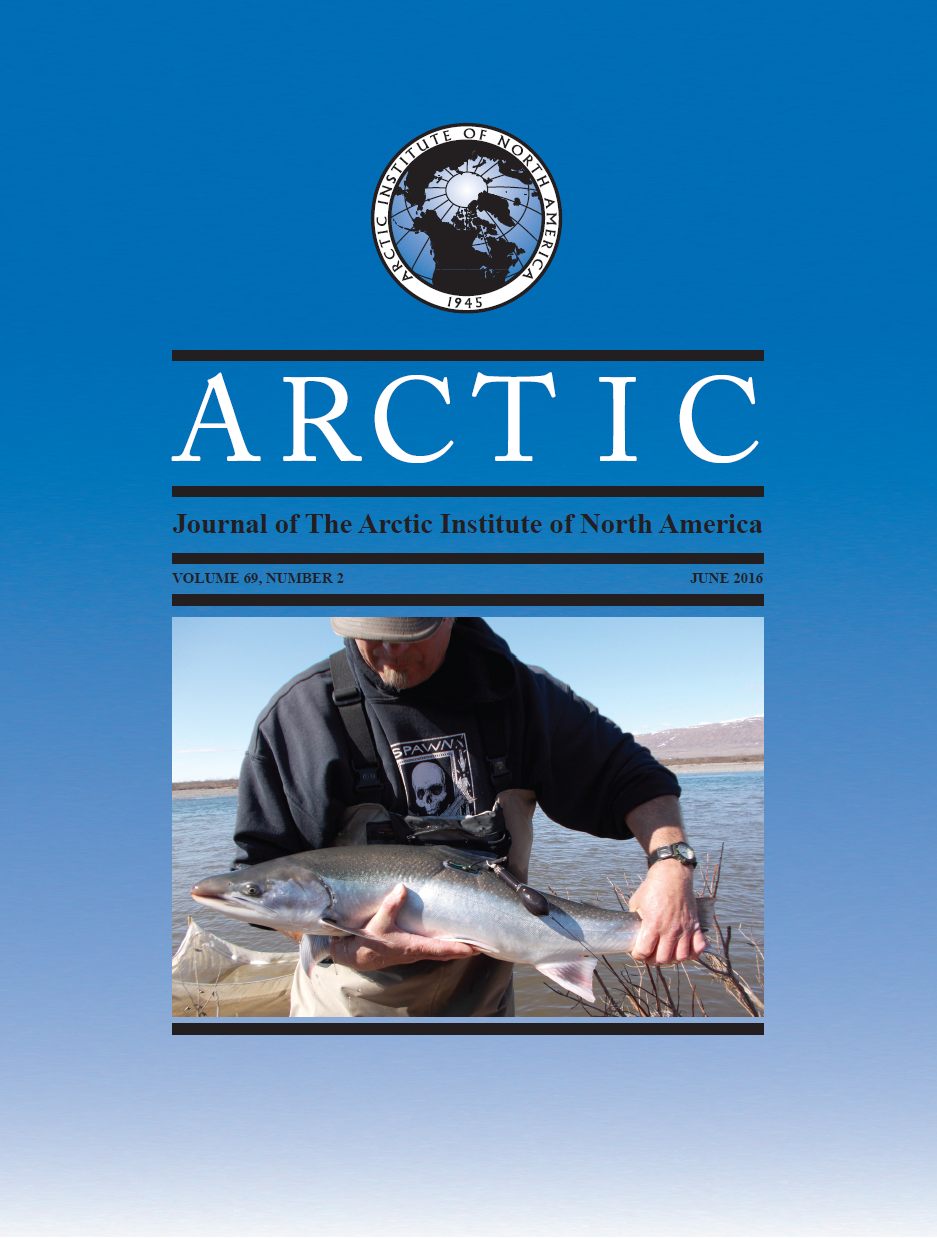Wild Resources, Harvest Data and Food Security in Nunavut’s Qikiqtaaluk Region: A Diachronic Analysis + Online Supplementary Appendix Table S1 (See Article Tools)
DOI:
https://doi.org/10.14430/arctic4562Keywords:
Inuit food security, wild resources, harvest data, Qikiqtaaluk-Baffin Region, MalthusAbstract
The security of the Inuit food system is the focus of extreme concern in Nunavut today. Despite this concern, little detailed analysis of the system’s traditional resource component has been done, primarily for lack of comprehensive recent information on harvesting. An exception is the harvest surveys carried out by the Nunavut Wildlife Management Board (NWMB) from 1996 to 2001. This comprehensive survey provides potentially important, albeit temporally limited (five year), information on recent Inuit wildlife use. To overcome this temporal limitation, we compared the NWMB data to information from the Baffin Regional Inuit Association (BRIA) 1980 to 1984 harvest survey for the 13 communities of the Qikiqtaaluk-Baffin Region. Together, these datasets provide two five-year “windows” on wild resource use in Nunavut’s most populous region. This comparison indicates declines in the total volume and per capita availability of wild foods in most communities relative to the early 1980s. We conclude that a partial cause for this change was hunters’ reduced access to monetary resources after the collapse of the European sealskin market (ca. 1983 – 84). When coupled with rising harvesting costs, this change significantly reduced the number of intensively engaged harvesters relative to the region’s growing population.


